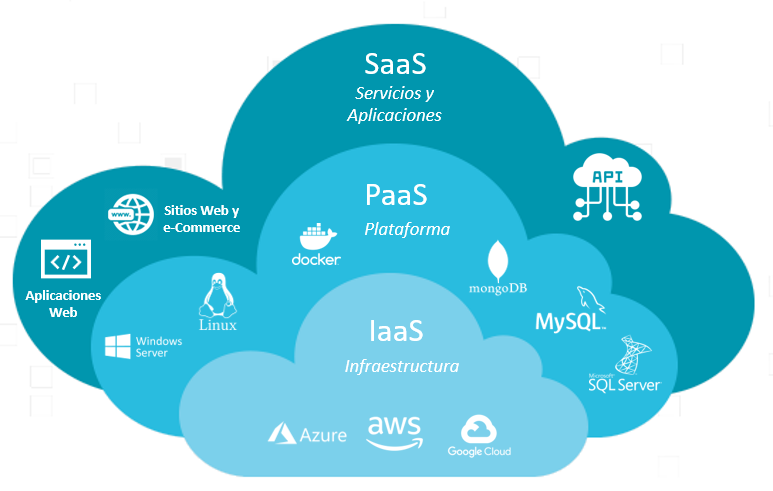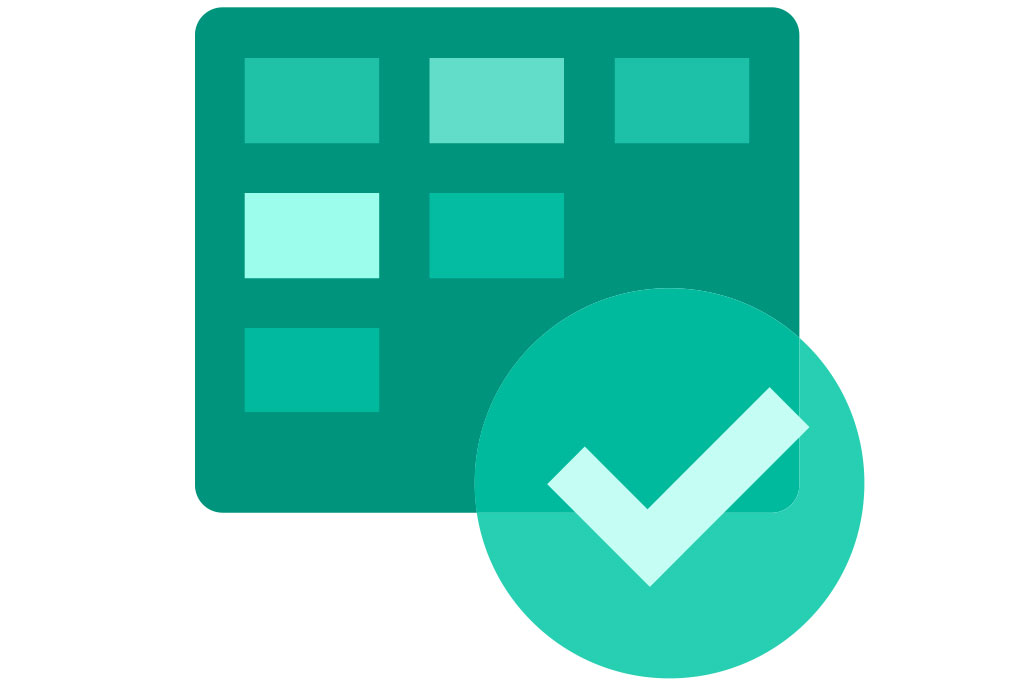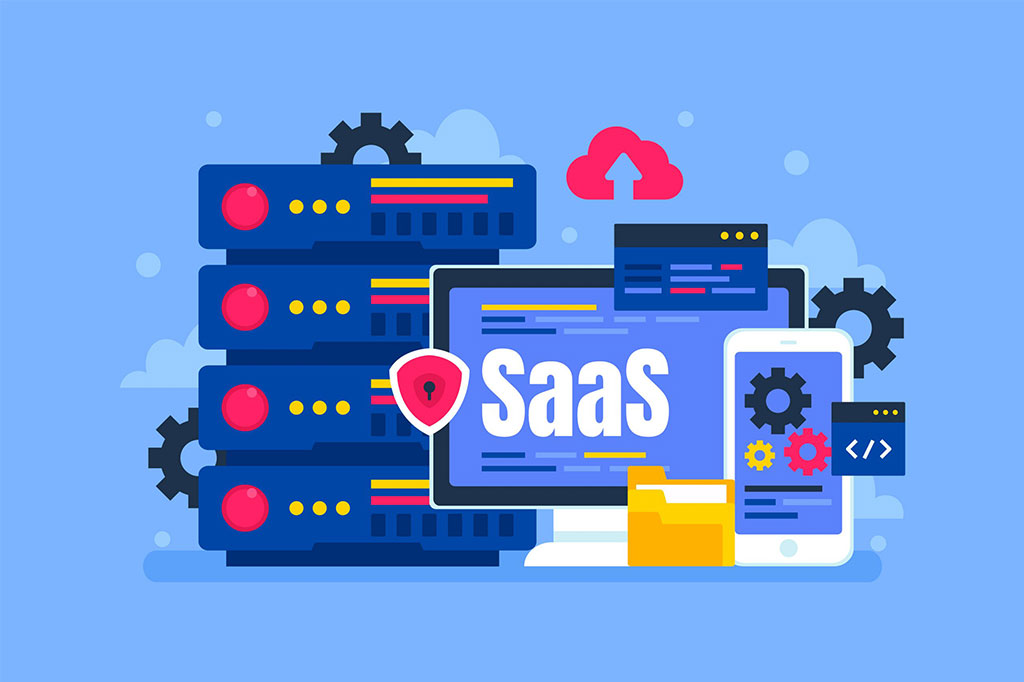
With digital transformation and the expansion of cloud computing, it becomes essential to understand the different service models available. The most notable ones are IaaS (Infrastructure as a Service), PaaS (Platform as a Service), and SaaS (Software as a Service).
Infrastructure as a Service (IaaS)
Infrastructure as a Service (IaaS) is a model in which cloud service providers offer virtualized infrastructure over the internet. Clients can access computational resources such as virtual servers, networks, storage, and operating systems without the need to manage or maintain the underlying physical infrastructure. Key features of IaaS include:
- Flexibility and scalability: Clients can dynamically scale resources according to their needs in real-time, allowing for efficient and cost-effective operations.
- Pay-as-you-go: Clients only pay for the resources they consume, avoiding upfront investment in expensive infrastructure.
- Maintenance and security: IaaS providers are responsible for maintaining and securing the physical infrastructure, enabling clients to focus on their applications and data.
Examples of IaaS providers include:
- Amazon Web Services (AWS): Offers services such as Amazon EC2, Amazon S3, and Amazon VPC.
- Microsoft Azure: Provides services like Azure Virtual Machines and Azure Storage.
- Google Cloud Platform: Offers services like Compute Engine and Google Cloud Storage.
Platform as a Service (PaaS)
Platform as a Service (PaaS) is a model that provides developers with a complete cloud-based development and deployment environment. PaaS providers offer a platform that includes hardware, operating systems, development tools, libraries, and additional services required to develop and host web and mobile applications. Key features of PaaS include:
- Focus on application development: Developers can solely focus on building applications without worrying about the underlying infrastructure.
- Scalability and availability: PaaS services often provide tools and functionalities for easy application scaling and ensuring availability.
- Collaboration and productivity: Development teams can work collaboratively and leverage integrated tools, version control, and automation services.
Examples of PaaS providers include:
- Heroku: Offers a cloud platform for hosting web and mobile applications.
- Microsoft Azure: Provides Azure App Service, enabling developers to create, deploy, and scale web applications.
- Google Cloud Platform: Offers Google App Engine, a platform for building scalable and flexible applications.
Software as a Service (SaaS)
Software as a Service (SaaS) is a model in which users access software applications over the internet, rather than installing and maintaining the software on their devices. SaaS providers host and manage the applications, and users simply use them through a web interface or a mobile app. Key features of SaaS include:
- Anywhere, anytime access: Users can access applications from any device with an internet connection, providing flexibility and mobility.
- Automatic updates and maintenance: SaaS providers handle software updates and maintenance, relieving users of that responsibility.
- Subscription-based model: Users pay a recurring fee for the usage of the applications, typically in the form of monthly or annual subscriptions.
Examples of SaaS include:
- Salesforce: Provides a cloud-based CRM platform.
- Dropbox: Offers cloud storage and file collaboration.
- Google Workspace (formerly G Suite): Includes tools such as Gmail, Google Drive, and Google Docs.
Cloud service models, such as IaaS, PaaS, and SaaS, have revolutionized how businesses and users access and utilize technology. Each model offers different levels of abstraction and functionalities, allowing organizations to choose the most suitable option for their needs.





